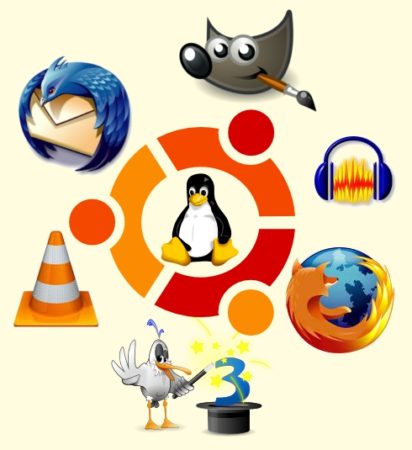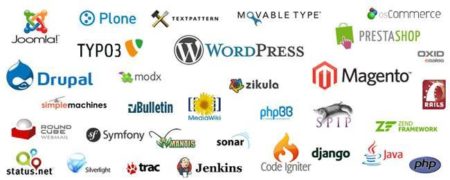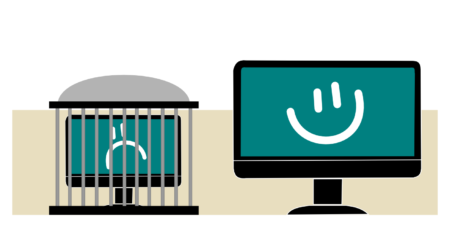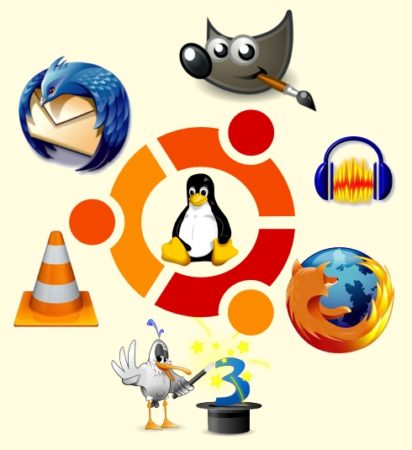There is indeed an ambiguity between free software and freeware, especially because of the English term “free”, which can refer to both. To distinguish them, to speak about free software, we use the term freeware and libre software. But what is the difference between free software and freeware? This article will put an end to the confusion.
First, what is free software?
Small reminder of what has been said about free software.
Free software is software that can be used, modified and redistributed without reservation. Reliable and responsive, this software can be studied, criticized or even corrected! This avoids the unpleasant surprises of hidden features and allows for transparent improvement. It is, in other words, the free licenses that define this software. Firefox, VLC and Thunderbird, Open Office, Gimp, Libre Office or even Ubuntu are examples that you probably already know and have used.

By definition, a software is said to be free when it respects the following criteria, the user is :
- free to run the program without any restrictions (0),
- free to study how the program works, while having the power to make changes as they see fit from their computer (1),
- free to redistribute it with the copies it has received (2),
- free to distribute copies of its own versions for the benefit of the whole community (3).
Criteria (1) and (3) do not require access to the source code. If a software does not meet these 4 criteria, it is called proprietary software and its license is called “closed”.
The person to whom the software has been distributed has every right to charge for it, provided that he or she always forwards the source code of the software and makes it available to anyone who wishes to modify it. Once the program is modified, it will be distributed under the same conditions as the original.
This being said, one should not confuse Free Software with Open Source software: to bring the benefits of Free Software to commercial software, the major supporters of Free Software met in 1998 in California to set up Open Source, the benefits of code sharing and collaboration being put forward. Theoretically, Open Source is based on the same principles as Free Software, but certain conditions have been put in place by the creators of this movement to define software as Open Source:
- free redistribution,
- distribution with the source code,
- All modifications and derivative works and the distribution of these under the same terms as the original software must be authorized by the license,
- Derivative works may be required to have a name or version number that is not identical to that of the original software to maintain the integrity of the source code,
- no discrimination shall be made on the basis of license, either of an individual or of a group of individuals,
- no prohibition of use in a particular field of activity must be mentioned on the license,
- each redistributed program is subject to the rights attached to the original program, with no obligation to obtain an additional license,
- no specificity of the license to a product,
- no restrictions imposed by the license on other software distributed with the software. The license can therefore in no way require that other programs distributed from the same media are open source,
- the license must be technology neutral.

Whether it is Free or Open Source software, the qualification criteria defined aim to give more freedom to users. It is therefore easy to distinguish them from proprietary software.
Today, there are thousands of open source programs, such as Linux, WordPress, some of the best free and paid CRM software and many of the biggest free and paid ERP.
Free software
A free software or freeware is simply a software that does not require any financial compensation to be used. It is downloadable on your computer and are for the most part proprietary freeware, that is to say, they have copyrights to prevent any modification, the source code not being accessible, for example Avast (the family version) and Skype or Google Chrome. Free software prohibits, for example, fixing bugs or making improvements to a program.
In summary, free software is usually proprietary software, i.e. studies, source code distribution and modifications are restricted. Such software may have secret features, such as retrieving private data stored on the computer, which were not made known to you at the time of installation.
The difference between free and open source software
The difference between free and open source software is becoming less and less blurred.
Free software does not mean that it is free: you can download it, but the source code is not made available to you, so you cannot make any changes. The source code of this type of software is encrypted or even patented, under copyright.
Free software is software under a free license, where the source code is available to the user, and can be studied, modified and even redistributed. However, free software may not be free: the source code is accessible, but there is a charge for using it, even though free software is rarely paid for. Paid versions such as RedHat are sold on CD-ROM or DVD-ROM, and the modifications and versions you create will not be marketable.

Now you know how to distinguish between free software and open source software: open source software allows great freedom of modification, whereas free software can be downloaded to you, but without the source code and therefore without the possibility of customization.
